The Internet may have killed the travel agent, but increasing demand for customized and curated experiences has created a new niche.
To some, “travel agent” may be a term of the past. Replaced in part by technological strides and the rise of the internet, travel agents have been in decline in recent years and that trend is set to continue over the next decade. Yet, a new class of travel experts altogether are gaining traction — travel designers, who offer high-end curated trips based on their own personal travel expertise.
“People spending a great deal of money on their vacations don’t just want a cookie-cutter experience. They want something really tailored to them, planned specifically for their likes and interests,” says Lia Batkin, co-founder of In The Know Experiences, a luxury travel and lifestyle agency in New York City.
Batkin and her husband and partner Seth Kaplan were inspired to enter the travel industry in 2007 after a disastrous trip to Argentina. “We enlisted someone to help plan a trip for us and that did not go so well. I realized it’s hard to rely on various recommendations and things you come across while planning on the web when you were truly looking for an elevated experience,” says Batkin.
“For higher-end clientele, it’s not about the money — it’s about the time. This led us to believe that there was a gap in the market at the time,” says Batkin.
“Travel agents primarily sell based on either client instruction or on pricing. And often, they are booking things they haven’t seen,” says Doug Easton of Clelestielle, a Traveller Made-certified agency. “Travel designers, by contrast, are most assuredly getting the same benefits as agents, combined with an advanced degree of personal experience.
Principals of experiential travel company, Celestielle — Doug Easton and John Ziegler — personally visit each destination and stay at each hotel or property before they recommend it to their clients. Pictured here at Sala’s Camp in Kenya.
When it comes to experience, Easton and his partner John Ziegler are at the forefront, with visits to hundreds of countries and counting. “We started our company 13 years ago. Because we don’t have things that anchor us at home, we can be mobile for the whole year. It’s a crazy, nomadic life, but it pays off for our clients,” says Easton. “Our model is that we will sell anything that is luxury-based on client instruction. Yet, we would never propose to the client something that we’ve never seen. Anything we propose to the client is something we’ve visited or are in love with.”
Easton and Ziegler go on what they call “scouting trips” where they visit locations and hotels to inform their expertise. “We can see about 100 to 120 hotels in a year around the world. We keep something called the ‘to-visit list’ that has about 3,600 hotels on it,” he says. “You don’t want to buy anything from someone who doesn’t know what they’re selling. How can I plan a trip for you to a country without ever going there?”
A combination of personal experience and decision-making is what urges clients to seek out luxury travel designers to send them on a wonderful journey. Yet, it’s not always about the nicest hotel or the most luxurious place to stay, but rather the off-beaten path.
“It’s about traveling with intention, not just to share on social media,” says Michael Bennett, executive vice president of Nomad Hill, a Houston-based travel design company. “It’s about acquiring a perspective shift. The only reliable source of action is how to see the world, and travel can shift the way you see it.”
Michael Bennett, Executive Vice President of Houston-based travel design company Nomad Hill exploring in Alaska.
Bennett, who completed his doctorate concerning travel studies, helped establish the term “transformational travel” and utilizes his knowledge while crafting trips for his clients. “I explored people who had self-changing travel experiences and analyzed them and stories to see if there were things in common, and there were.”
Beyond location, travel designers also understand the mechanics of what makes trips memorable. Bennett seeks to bring variation to his custom itineraries, seeing the importance of fantastic on-the-ground guides, food and opportunities to meet people.
“We want to make sure that clients are getting to see what they want, but we also want to make sure they get out and explore,” he says. “So we intentionally craft spots that provide a good challenge.” This may include an engaging activity such as shark-cage diving, followed by a relaxing wine dinner. “Another thing I always try to bring in for my clients is to make sure they have ample down time. Time for reflection, journaling or prayer. Making sure that their days are exciting but not overly packed.”
“Everything is seamless down to the car service for you,” says Batkin. “Service also includes a dedicated person while you’re away 24-7. At times we get alerts that connections to flights were cancelled, so we go ahead and handle that mid-flight, change their hotel and give them a full brief when they land.”
“A lot of it is also managing expectations,” adds Easton. “For instance, if you’re visiting Jordan, there may be only okay places to stay, yet the areas are magnificent and completely justify the visit. And we let you know that.”
But in the end, it truly is about curating a life-changing experience for clients. “Research says that there is a peak/end model, in that essentially people will remember trips by one to two things that happened. But also, how it ends is important,” says Bennett. “You can have an amazing trip, but if something goes wrong on the last day, subconsciously it’s going to color your impression when you think about it a week, a month or a decade later. It’s really our job to make sure we don’t leave anything hanging in the end.”
Photos courtesy of Celestielle & Micahel Bennett
The following article originally appeared in the Spring 2018 issue of ERA Real Estate Distinctive Properties Magazine.



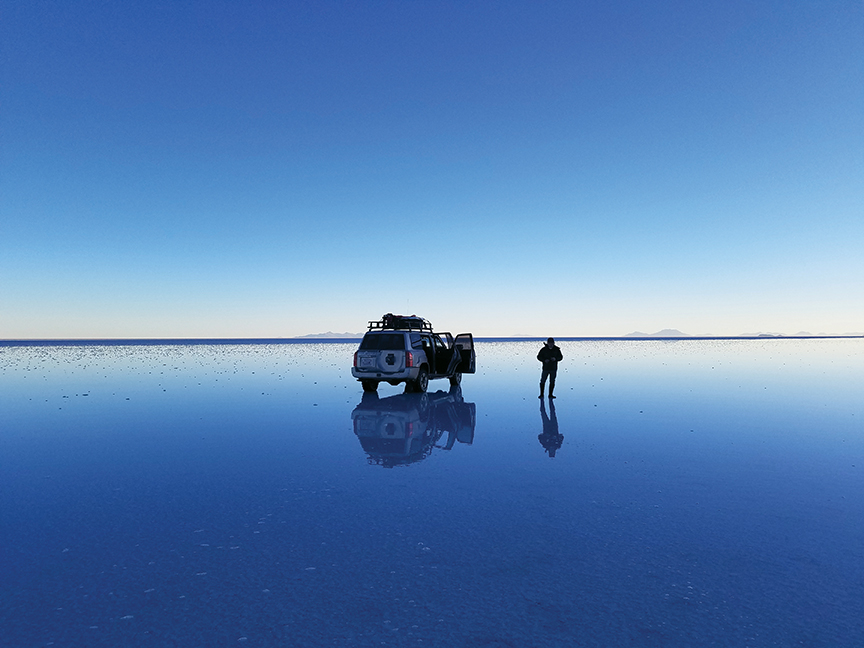

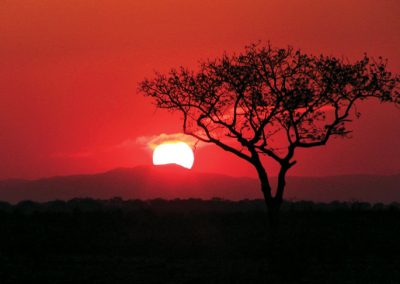
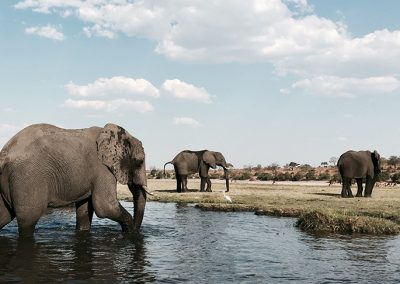
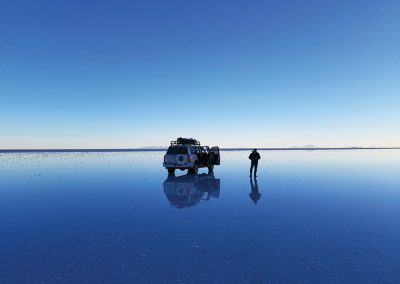
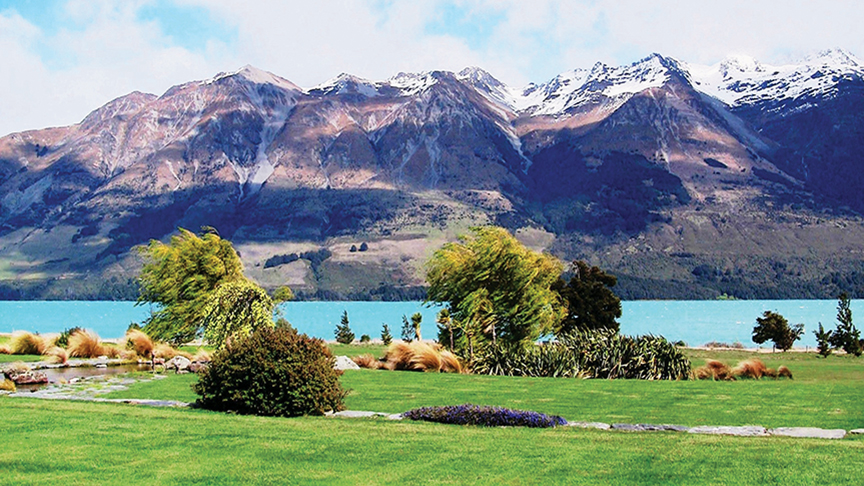
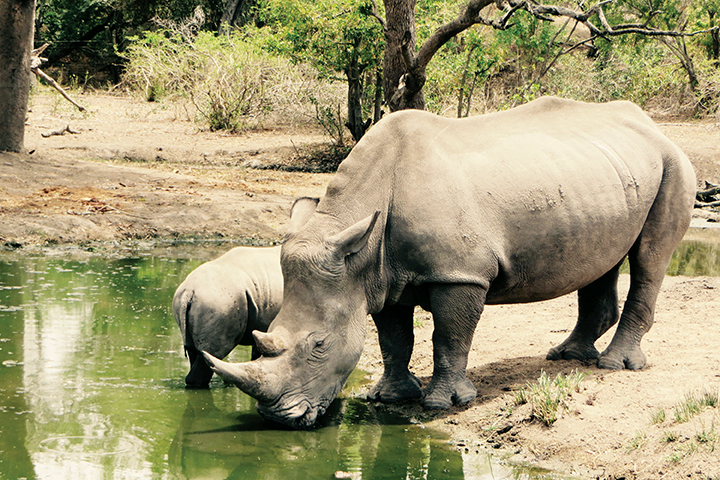
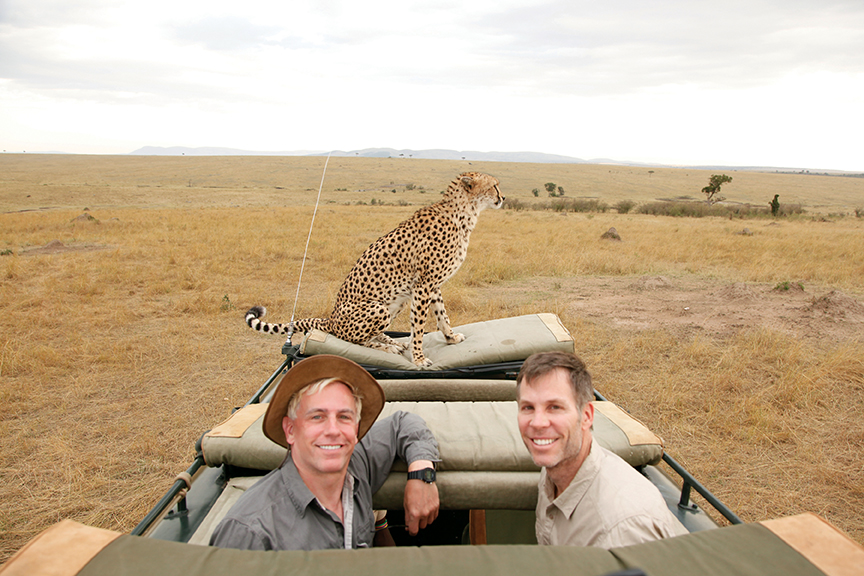
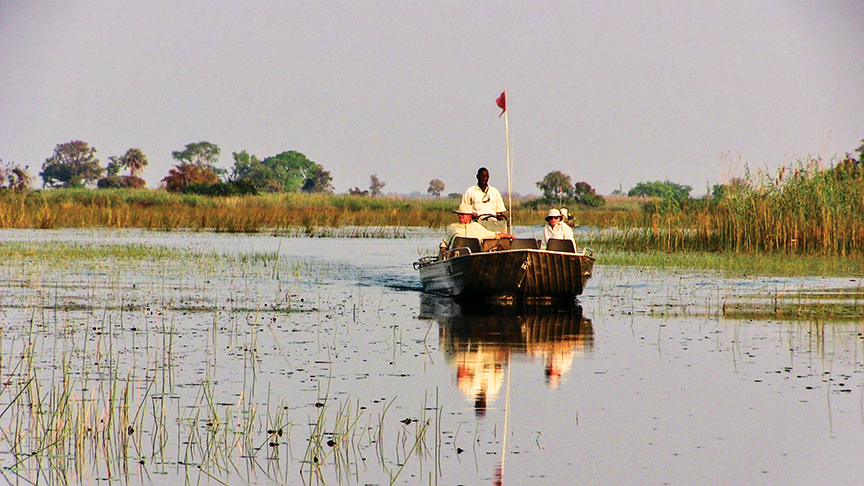
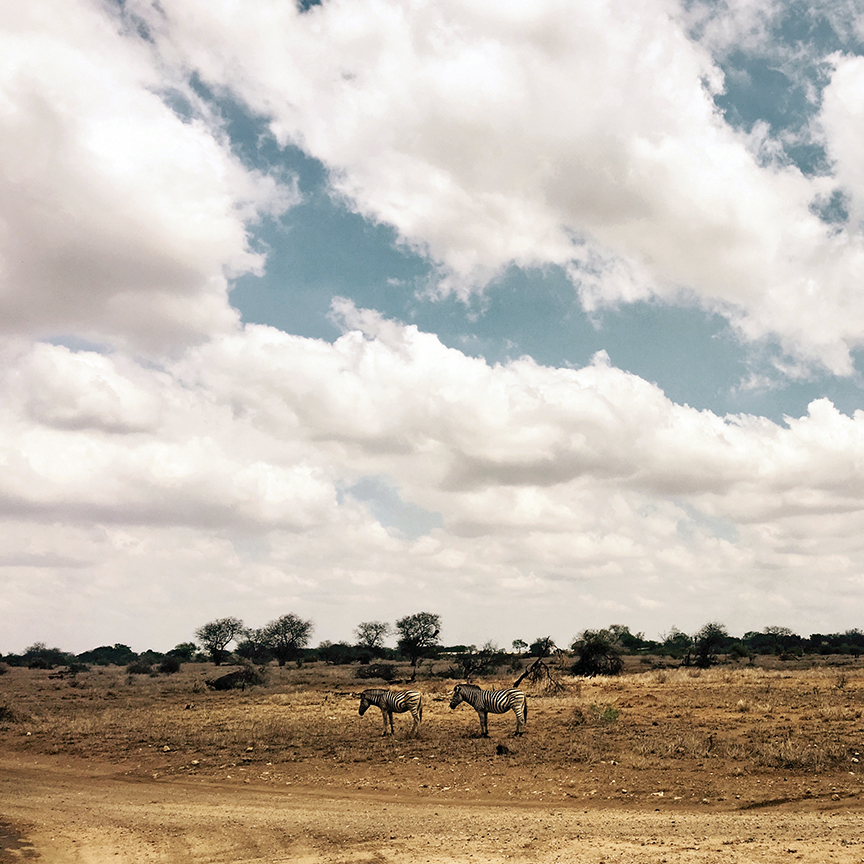
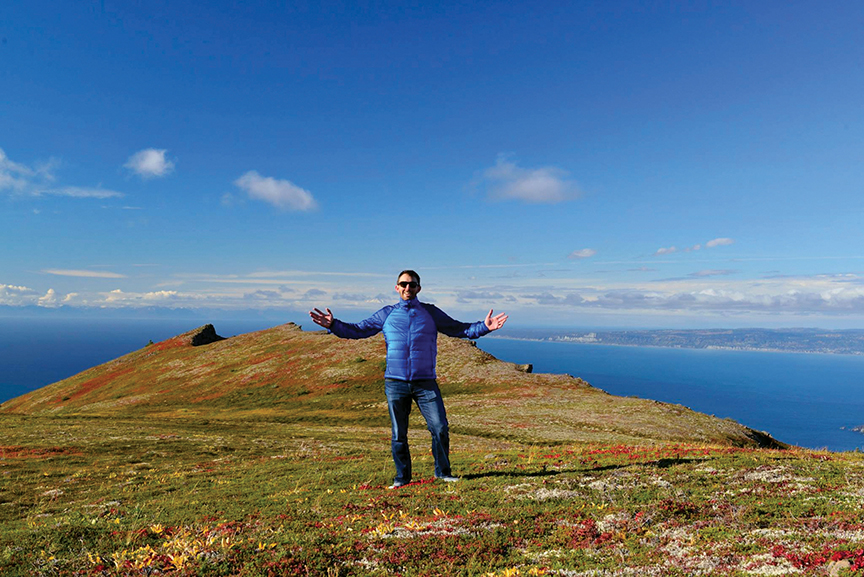
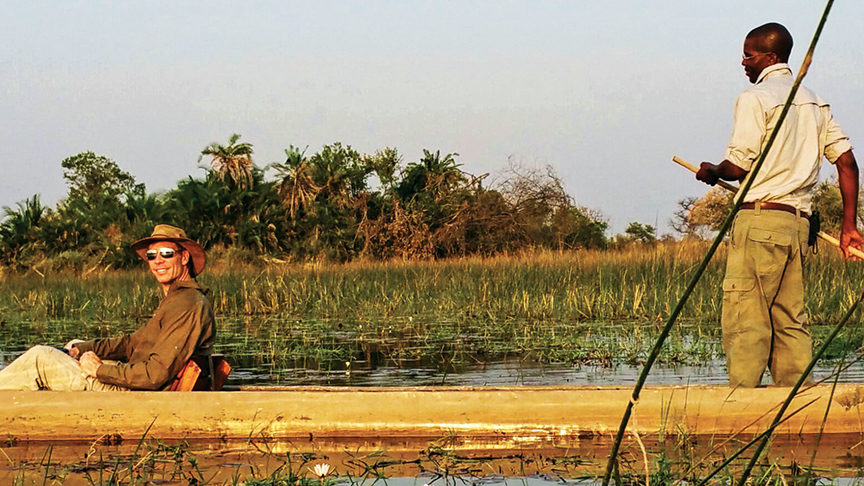
Leave a Reply